-
 bitcoin
bitcoin $122659.385674 USD
0.52% -
 ethereum
ethereum $4484.113342 USD
-0.09% -
 bnb
bnb $1304.229256 USD
-0.85% -
 tether
tether $1.000204 USD
-0.03% -
 xrp
xrp $2.860636 USD
-0.51% -
 solana
solana $227.288799 USD
2.36% -
 usd-coin
usd-coin $0.999805 USD
0.01% -
 dogecoin
dogecoin $0.252837 USD
1.18% -
 tron
tron $0.341149 USD
1.12% -
 cardano
cardano $0.830507 USD
0.33% -
 hyperliquid
hyperliquid $45.792319 USD
0.04% -
 chainlink
chainlink $22.422164 USD
1.55% -
 ethena-usde
ethena-usde $1.000283 USD
0.01% -
 sui
sui $3.511389 USD
0.83% -
 stellar
stellar $0.385276 USD
-0.44%
What is a layer 2 scaling solution?
Layer 2 solutions like rollups scale blockchains by processing transactions off-chain while inheriting security from the main chain, enabling faster, cheaper transactions without sacrificing decentralization.
Aug 13, 2025 at 11:35 am

Understanding Layer 2 Scaling Solutions in Cryptocurrency
In the world of blockchain technology, scalability remains one of the most pressing challenges. As networks like Bitcoin and Ethereum grow in popularity, they face congestion, high transaction fees, and slow processing times. A layer 2 scaling solution is a secondary protocol or framework built on top of an existing blockchain (referred to as layer 1) to enhance its performance. These solutions aim to increase transaction throughput without altering the underlying consensus mechanism of the base chain. By offloading transactions from the main chain, layer 2 systems maintain decentralization and security while improving efficiency.
The core principle behind layer 2 is to execute transactions off-chain and only submit final results or proofs back to the main blockchain. This reduces the load on the primary network and allows for faster, cheaper interactions. The original chain continues to serve as the source of truth and security, while the layer 2 handles volume. This architecture is especially critical for Ethereum, where gas fees can spike during periods of high demand.
How Layer 2 Solutions Maintain Security and Trust
One of the most common concerns about moving transactions off-chain is whether security is compromised. In well-designed layer 2 systems, security is inherited from layer 1. This is achieved through cryptographic techniques and smart contracts that ensure users can always verify or challenge outcomes. For instance, if a malicious actor attempts to submit false transaction data, mechanisms such as fraud proofs or validity proofs allow honest participants to detect and correct the error.
- Users can exit the layer 2 system and reclaim their funds on the main chain at any time.
- Smart contracts on layer 1 enforce rules and manage deposits and withdrawals.
- On-chain data availability ensures that all critical information is accessible for verification.
This trust-minimized design ensures that even if the layer 2 operator behaves dishonestly, users are protected. The main chain acts as a court of last resort, resolving disputes and guaranteeing asset ownership.
Types of Layer 2 Scaling Technologies
Several distinct types of layer 2 solutions have emerged, each with unique mechanisms and trade-offs. The most prominent include:
Rollups: These bundle multiple off-chain transactions into a single on-chain submission. There are two main variants: Optimistic Rollups and ZK-Rollups.
- Optimistic Rollups assume transactions are valid by default and allow a challenge period during which fraud can be proven.
- ZK-Rollups use zero-knowledge proofs to cryptographically verify the correctness of transactions before they are posted to layer 1. This eliminates the need for a challenge window and offers faster finality.
State Channels: These allow participants to conduct numerous transactions off-chain by opening a direct channel. Only the opening and closing transactions are recorded on the main chain. Examples include the Lightning Network for Bitcoin and Raiden Network (now inactive) for Ethereum.
Plasma: This framework creates child chains that periodically submit checkpoints to the main chain. While it scales well, it has limitations in supporting complex smart contracts and requires users to monitor their assets.
Each of these technologies balances throughput, security, and complexity differently, making them suitable for various use cases.
Implementing a ZK-Rollup: A Step-by-Step Guide
To understand how a layer 2 solution operates in practice, consider setting up a basic interaction with a ZK-Rollup-based network like zkSync or StarkNet. This process involves connecting a wallet, depositing funds, and executing transactions.
- Install a compatible wallet such as MetaMask and ensure it supports the layer 2 network.
- Navigate to the official bridge interface of the ZK-Rollup (e.g., zkSync Era Bridge).
- Connect your wallet and select the token you wish to deposit (e.g., ETH or USDC).
- Enter the amount and confirm the transaction on layer 1. This initiates the deposit process.
- Wait for the confirmation, which may take several minutes depending on Ethereum’s congestion.
- Once confirmed, switch your wallet’s network settings to the ZK-Rollup’s RPC endpoint.
- Your deposited funds will now appear in your wallet, ready for use on the layer 2 network.
With funds available, you can interact with decentralized applications (dApps) hosted on the rollup, enjoying near-instant transactions and minimal fees. Withdrawals follow a similar process, initiated on layer 2 and finalized on layer 1 after proof verification.
Optimistic Rollups: How They Handle Disputes
Optimistic Rollups operate under the assumption that all transactions are valid unless challenged. This optimism enables high throughput but requires a robust dispute resolution mechanism. When a batch of transactions is submitted to layer 1, a time window—typically 7 days—is opened for anyone to contest it.
- If a validator detects fraudulent activity, they can submit a fraud proof to the main chain.
- The proof triggers an on-chain re-execution of the disputed transaction.
- If the original proposer was dishonest, their bond is slashed, and the challenger is rewarded.
- Honest operators are incentivized through fees and staking rewards.
This system relies on economic incentives to maintain honesty. As long as at least one honest validator is monitoring the chain, fraud can be caught. However, users must wait for the challenge period to end before withdrawing funds, which affects liquidity speed.
Frequently Asked Questions
Can I use any wallet with layer 2 networks?Most EVM-compatible wallets like MetaMask support layer 2 networks, but you must manually add the network’s RPC details. Some wallets, such as Argent or Rainbow, have built-in support for specific layer 2s like zkSync or Arbitrum.
Are layer 2 transactions reversible?No. Like layer 1 transactions, once confirmed on the layer 2 network and finalized on the main chain, they are immutable. Always double-check recipient addresses and amounts before sending.
Do I need to pay gas fees on layer 2?Yes, but they are significantly lower. You pay gas in the native token of the layer 2 (usually ETH), and the fee covers computation and data submission costs. The reduction comes from batching and reduced on-chain load.
What happens if a layer 2 network goes offline?Users can still exit to layer 1 using on-chain mechanisms. Smart contracts on the main chain allow fund withdrawal even if the layer 2 operator is unresponsive, ensuring self-custody remains intact.
Disclaimer:info@kdj.com
The information provided is not trading advice. kdj.com does not assume any responsibility for any investments made based on the information provided in this article. Cryptocurrencies are highly volatile and it is highly recommended that you invest with caution after thorough research!
If you believe that the content used on this website infringes your copyright, please contact us immediately (info@kdj.com) and we will delete it promptly.
- Unearthing Altcoin Gems: Undervalued Opportunities in 2025
- 2025-10-09 16:05:12
- XRP Transfer, Altcoin Rally, and Crypto Movement: What's Shakin' in the Crypto Space?
- 2025-10-09 15:05:12
- BNB Chain Memecoin Goldmine: Hype or Sustainable Growth?
- 2025-10-09 15:05:12
- XRP, ASTER Surge, and Crypto Presales: What's the Haps?
- 2025-10-09 15:10:01
- XRP Treasuries Soar as Reliance Global Joins the Party: A New Era for Corporate Reserves?
- 2025-10-09 15:10:01
- Pi Network's DeFi Ambitions: DEX, Ecosystem, and What's Next
- 2025-10-09 15:45:16
Related knowledge
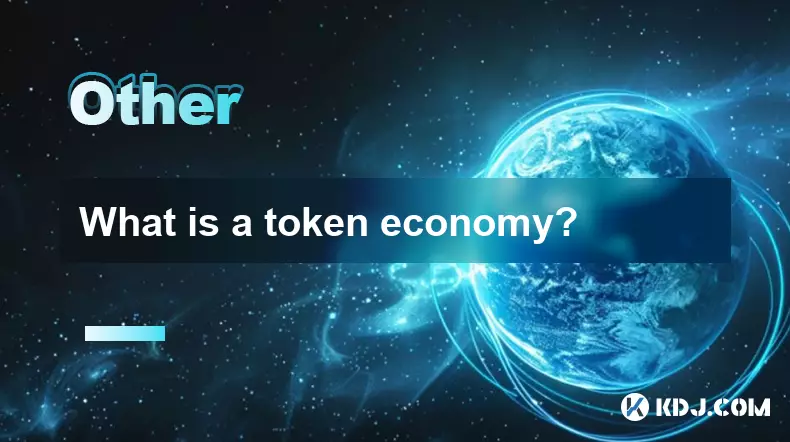
What is a token economy?
Sep 20,2025 at 12:18am
Understanding the Foundations of a Token Economy1. A token economy in the context of cryptocurrency refers to a system where digital tokens are used a...
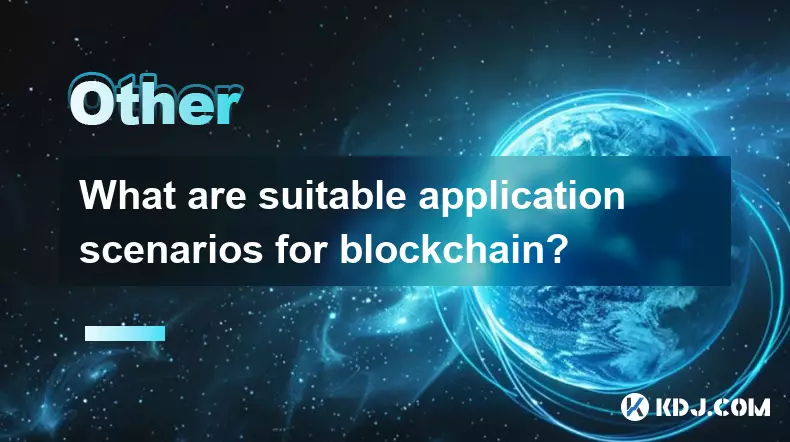
What are suitable application scenarios for blockchain?
Sep 20,2025 at 03:19am
Decentralized Finance (DeFi) Platforms1. Blockchain enables the creation of financial services without centralized intermediaries, allowing users to l...
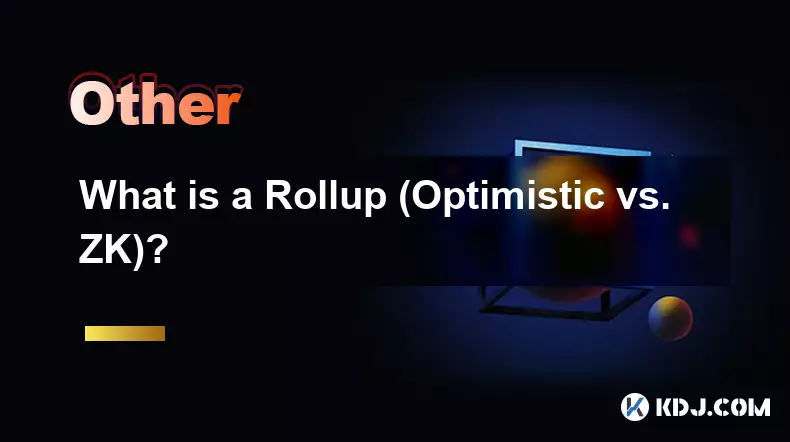
What is a Rollup (Optimistic vs. ZK)?
Sep 22,2025 at 03:00pm
Understanding Rollups in Blockchain Technology1. Rollups are layer-2 scaling solutions designed to increase transaction throughput on blockchains like...
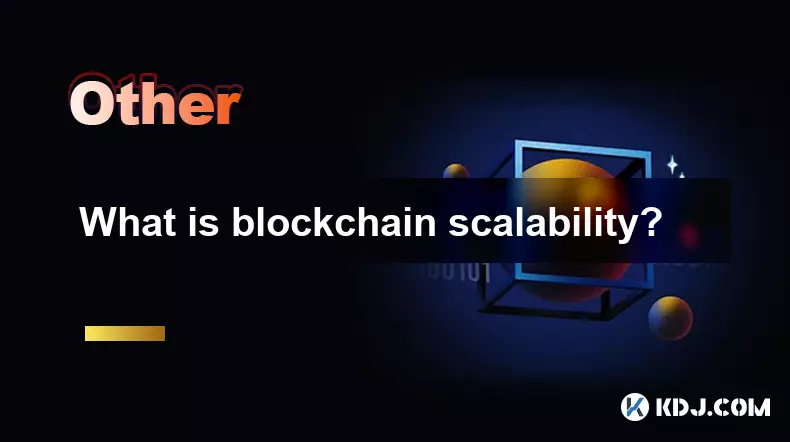
What is blockchain scalability?
Sep 19,2025 at 06:18am
Understanding Blockchain Scalability1. Blockchain scalability refers to a network's ability to handle an increasing number of transactions without com...
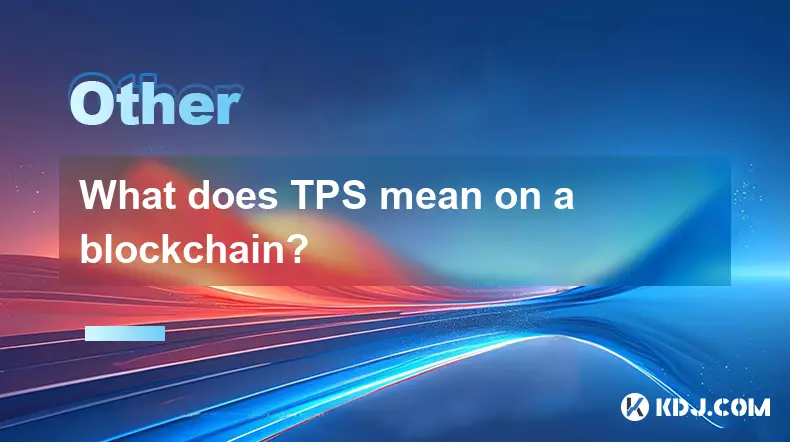
What does TPS mean on a blockchain?
Sep 21,2025 at 09:54am
Understanding TPS in Blockchain Technology1. TPS stands for Transactions Per Second, a metric used to measure the number of transactions a blockchain ...

What is a multi-signature wallet
Sep 20,2025 at 07:00am
Understanding Multi-Signature Wallets in Cryptocurrency1. A multi-signature wallet, often referred to as a multisig wallet, is a type of cryptocurrenc...

What is a token economy?
Sep 20,2025 at 12:18am
Understanding the Foundations of a Token Economy1. A token economy in the context of cryptocurrency refers to a system where digital tokens are used a...

What are suitable application scenarios for blockchain?
Sep 20,2025 at 03:19am
Decentralized Finance (DeFi) Platforms1. Blockchain enables the creation of financial services without centralized intermediaries, allowing users to l...

What is a Rollup (Optimistic vs. ZK)?
Sep 22,2025 at 03:00pm
Understanding Rollups in Blockchain Technology1. Rollups are layer-2 scaling solutions designed to increase transaction throughput on blockchains like...

What is blockchain scalability?
Sep 19,2025 at 06:18am
Understanding Blockchain Scalability1. Blockchain scalability refers to a network's ability to handle an increasing number of transactions without com...

What does TPS mean on a blockchain?
Sep 21,2025 at 09:54am
Understanding TPS in Blockchain Technology1. TPS stands for Transactions Per Second, a metric used to measure the number of transactions a blockchain ...

What is a multi-signature wallet
Sep 20,2025 at 07:00am
Understanding Multi-Signature Wallets in Cryptocurrency1. A multi-signature wallet, often referred to as a multisig wallet, is a type of cryptocurrenc...
See all articles










































































